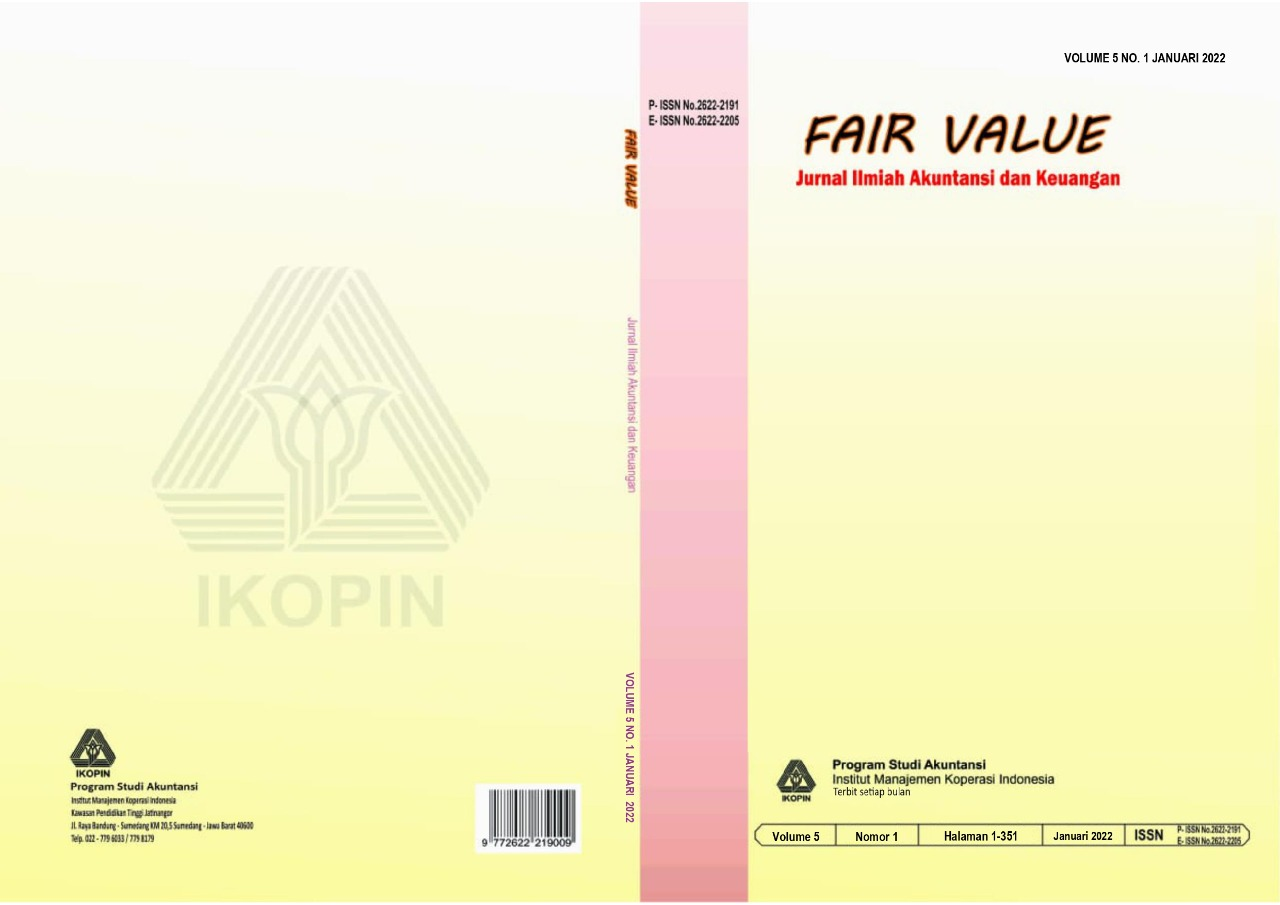Business strategy of home healthcare service to accelerate the adoption of care at home service in Indonesia
Main Article Content
Abstract
The demand for value, shifts in consumer behavior, patients need, and a highly competitive market are driving many health-care providers to seek new and more effective methods of improving care delivery. This study aims to identify critical adoption factors by the patient to adopt the services and create a strategic positioning for HOSPON to gain competitive advantage. This conceptual research framework is done using the Analysis, Formulation, and Implementation (AFI) framework of strategic management. This research method uses qualitative and quantitative methods, with data collection carried out online and offline using in-depth interviews and questionnaires. The data analysis was carried out by content analysis and Analytical Hierarchy (AHP) process to determine the critical adoption factor of home healthcare services by carried out 4 criteria and 16 criteria. The AHP is a methodical framework that establishes a hierarchical structure with interdependent layers, analyzes the weight of various aspects, and evaluates potential courses of action depending on the structure already in place. Home healthcare services are identified as having four main stakeholders, i.e., patients, providers, policy makers, and payers. Integrating these four stakeholders is the most important thing to determine what factors should be developed and implemented to increase the adoption factor. Economic viability and law, professional capabilities, patient needs, and breadth of services are some of the factors that influence patient adoption of awareness and trustworthiness in using home healthcare services. The business solution from the research crate strategy formulation, the Generic business strategy that is implemented is the differentiation strategy which is explained in the five major of element strategy diamond models in its application to focus on health preventive care, health maintenance care, and post- acute care to operate in the high geographic mobility area to target the premium market with the patient who are aware of their medical needs. This is done by providing technology to connect between patients and providers to gain more trust, integrating to facility-based care to provide more comprehensive health care, and leveraging methods of work effect of the ecosystem to ensure insurance as payment and patient protection and provide more value creation. From the results of this study, each stakeholder can use this research as a basis for making decisions to determine organizational steps to increase the adoption rate of care at home services, to dissect regulations, and to implement the most effective payment schemes for home healthcare services.
Article Details
References
Botos Et Al. (2019). Digital Transformation Anywhere Care A Vital Sign Of Where The Healthcare
Field Is Heading. Ey-Parthenon And The American Hospital Association (Aha).
Budo, A., Tulusan, F., & Tampi, G. (2020). Efektivitas Pelayanan Kesehatan Di Rumah Sakit Pancaran
Kasih Manado. Jurnal Administrasi Publik, 6(94).
Ekawati, S., & Andriani, H. (2022). Strategi Bauran Pemasaran Pelayanan Kesehatan Rumah Sakit
Yadika Pondok Bambu Pada Masa Pandemi Covid-19. Jurnal Medika Hutama, 3(02 Januari),
–2083.
Fahrepi, R., Rate, S., & Hadi, A. J. (2019). Hubungan Kualitas Pelayanan Home Care Dengan Tingkat
Kepuasan Keluarga Pasien Di Wilayah Kerja Puskesmas Batua Kota Makassar. Promotif: Jurnal
Kesehatan Masyarakat, 9(1), 122–128.
Juwita, E., Iskandar, I., & Octaviyana, C. (2022). Hubungan Kualitas Pelayanan Home Care Dengan
Tingkat Kepuasan Keluarga Di Wilayah Puskesmas Mesjid Raya. Journal Of Healthcare
Technology And Medicine, 8(1), 200–215.
Maulidyana, A. (2022). Efektivitas Pelayanan Program Home Care Saat Masa Pandemi Covid-19 Di
Puskesmas Jumpandang Baru Kota Makassar Tahun 2022. Universitas Hasanuddin.
Prasetyo, Y. B., Djauhari, T., & Wardojo, S. S. I. (2016). Potensi Layanan Homecare Di Rs Umm
Didasarkan Pada Analisa Kasus Penyakit, Ekonomi Dan Sosial Masyarakat. Jurnal Keperawatan,
(1), 70–78.
Ritz D., Althauser C., And W. K. (2014). Connecting Health Information Systems For Better Health:
Leveraging Interoperability Standards To Link Patient, Provider, Payor, And Policymaker Data.
Wa: Path And Joint Learning Network For Universal Health Coverage.
Schmidt, K., Aumann, I., Hollander, I., Damm, K., Von Der Schulenburg, J., & Graf, M. (2015).
Applying The Analytic Hierarchy Process In Healthcare Research: A Systematic Literature
Review And Evaluation Of Reporting. Bmc Medical Informatics And Decision Making, 15(1), 1–
Steven, L., Elizabeth, M., & Bruce, L. (2016). Rosati Robert J, Maccann Barbara A, Hornbake Rodney
Et Al. Home Health Care Management & Practice. Sage, 28(4), 262–278.
Sugiyono. (2019). Metode Penelitian Kuantitatif, Kualitatif, Dan R&D. Bandung : Alphabeta.
Sulbanir, R. Y. (2021). Implementasi Program Home Care (Dottorotta) Saat Pandemi Covid-19 Di
Puskesmas Kassi Kassi Kota Makassar. Universitas Hasanuddin.
Suwedia, I. N. G. B. W., & Daruki, M. W. (2020). Strategi Pemasaran Pelayanan Home Care Rumah
Sakit Umum Bhakti Rahayu Denpasar. Jurnal Administrasi Rumah Sakit Indonesia, 6(1).
U.S. Department Of Health And Human Services. (2020). Medicare And Home Healthcare. Centers
For Medicare And Medicaid Services (Cms) Product No. 10969.
Yonathan, R. S., & Sulistiadi, W. (2022). Strategi Pemasaran Home Care Rumah Sakit Vania Bogor Di
Era Pandemi Covid-19. Jurnal Pendidikan Dan Konseling (Jpdk), 4(4), 3947–3950.

